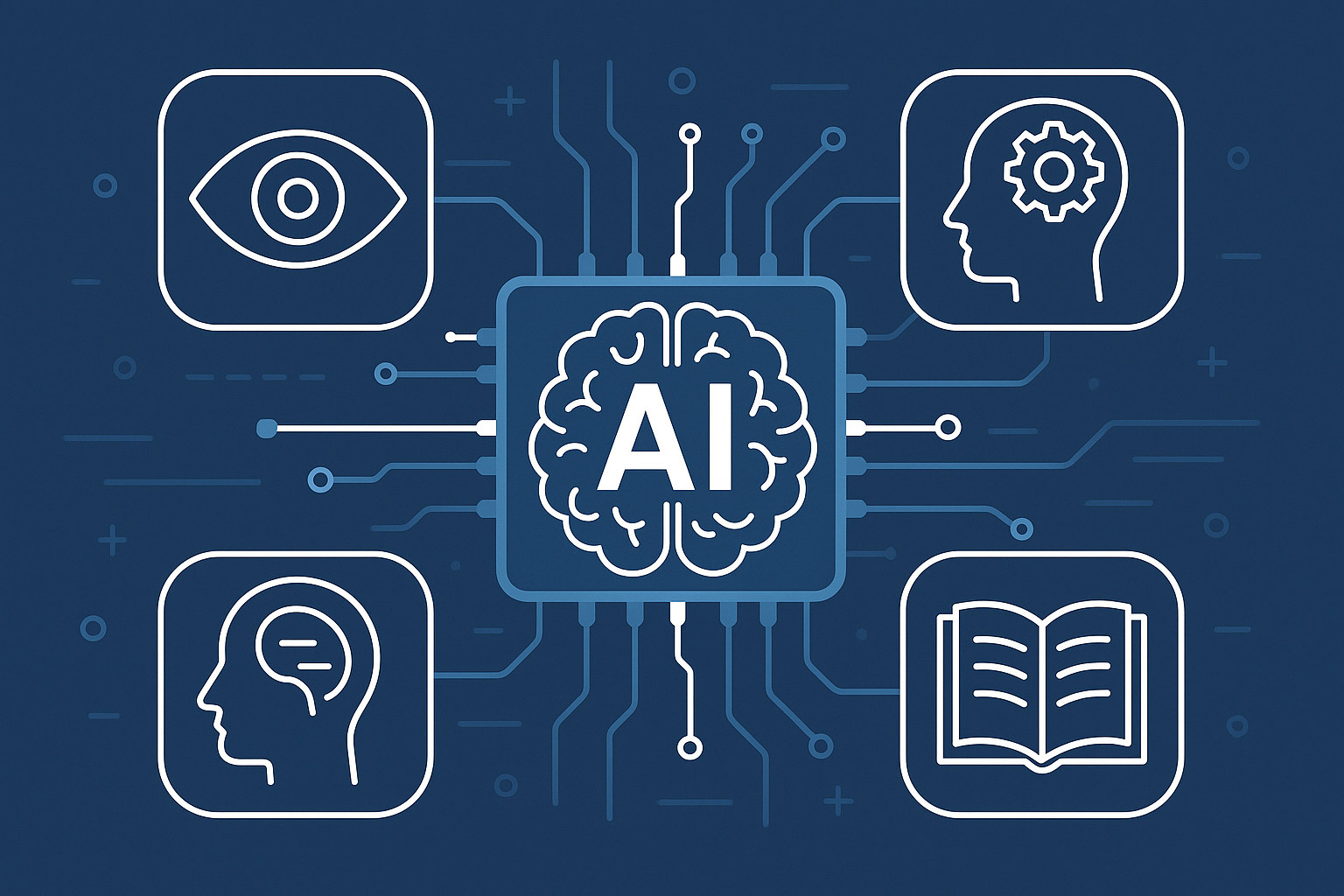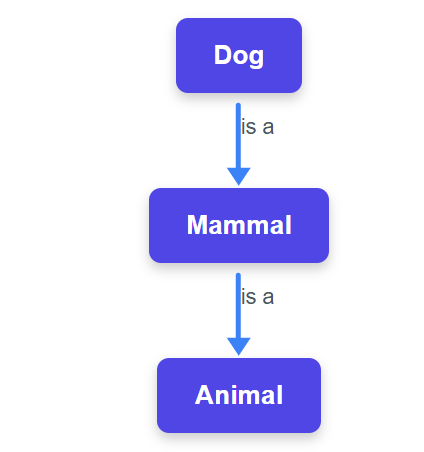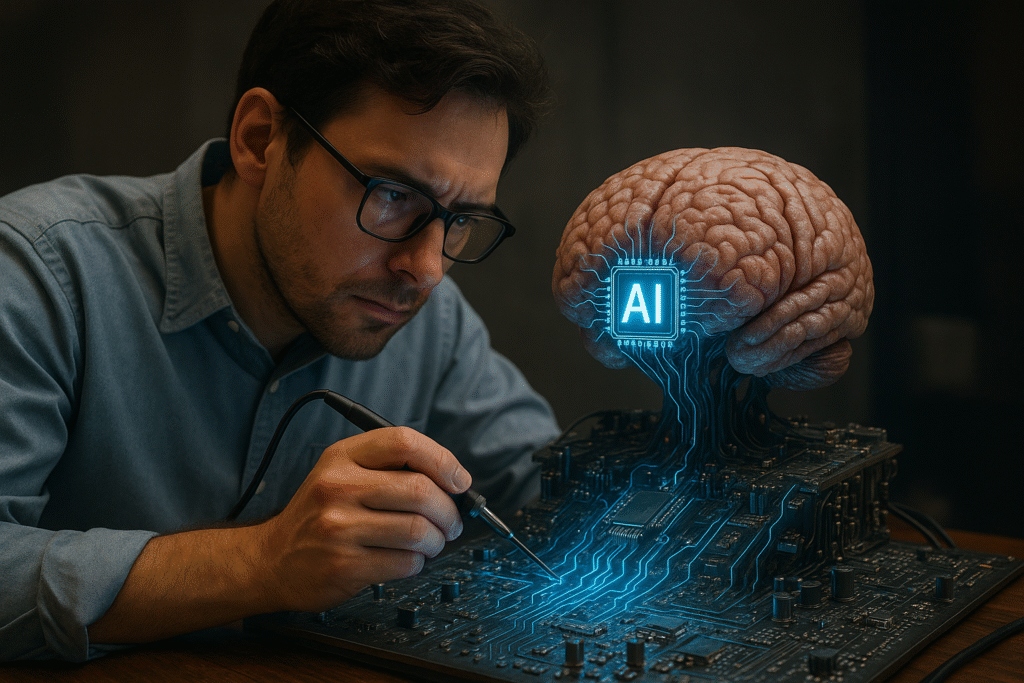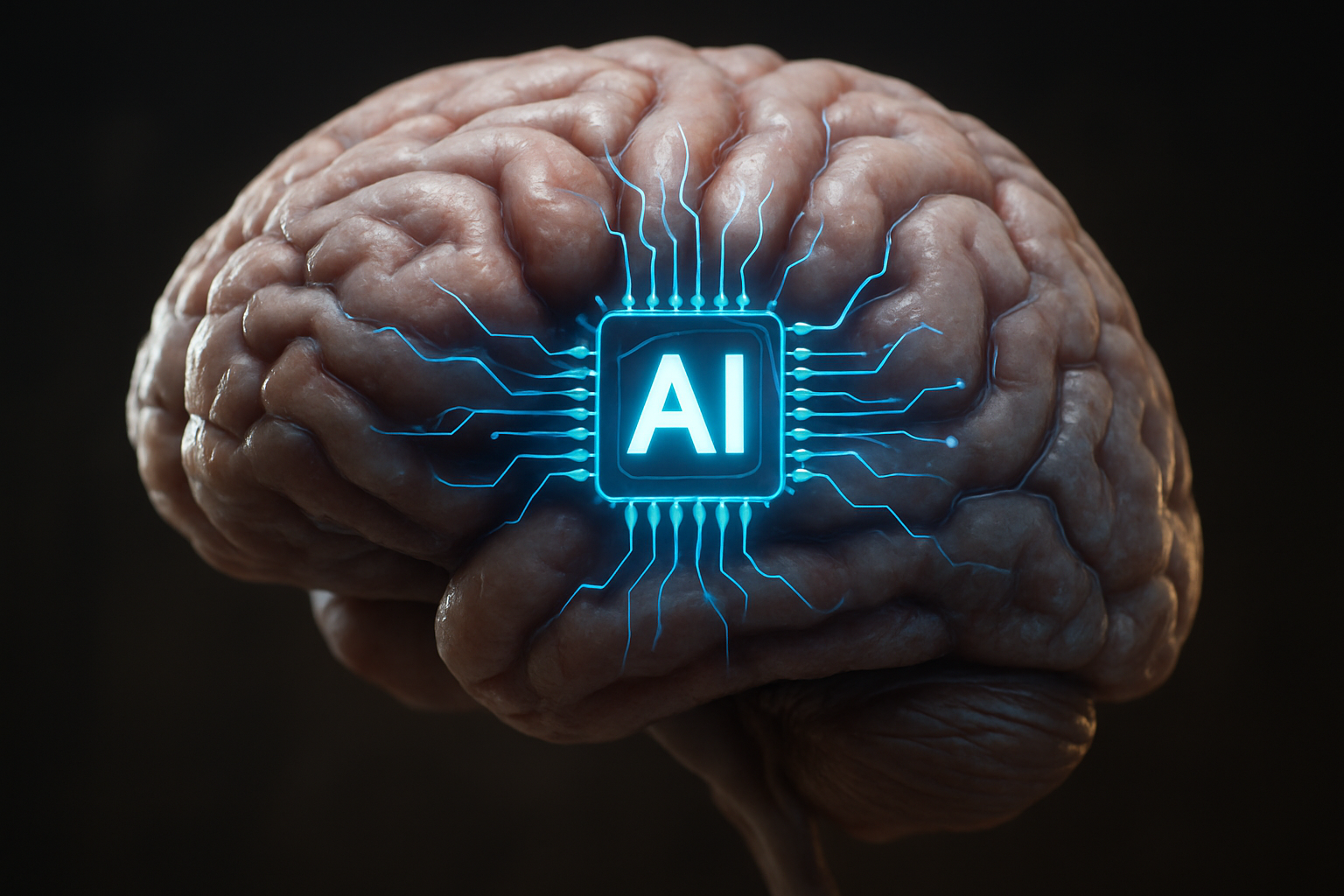AI Beyond Automation
The use of Artificial Intelligence (AI) has progressed in leaps and bounds in recent years. This explosion has been fuelled by a human desire for automation and innovation. Fundamental to the success of these AI systems is the ability to apply good reasoning based on the data available. This ability allows the model to go beyond simply recognising patterns or executing fixed instructions. This step up is an endeavour to “understand” and “think” more like a human.
AI Reasoning: A Look at Different Models
Models are fundamentally programs that execute steps based on inputs to achieve desired outputs.
Human ingenuity has led to more sophisticated algorithms that improve programs based on positive responses. This process is similar to conditioning, with reinforcement engineered through learning algorithms.
A system first categorises data (for example, by defining a dog as a mammal and an animal). Once categorised, the system builds links to understand relationships and applies inferences for indirect matches. Here are some examples of how these processes have been implemented:

1. Semantic Networks
A computer can understand “dog” is a “mammal,” which is an “animal” through various knowledge representation techniques. Semantic Networks or Knowledge Graphs often represent hierarchical relationships. A high-level process for this is shown below:
(i) Nodes (Concepts/Entities)
Each distinct concept or entity becomes a node in the network.
~ “Dog”
~ “Mammal”
~ “Animal”
(ii) Edges (Relationships)

Edges connect nodes to represent the relationships between concepts. These relationships, are then classified, for example, with “is a” (also written as “is-a” or “subClassOf”). This indicates a hierarchical relationship. One concept is a more specific instance or type of another, as shown in the schematic.
(iii) How a computer “Understands” it (Reasoning)
Once a semantic network structures this information, a computer can “understand” it in the following ways:
- Traversal and Inference: The computer can traverse the network to infer new facts. For example, if asked “Is a dog an animal?”, it can follow the “is a” links:
~ Dog is a Mammal.
~ Mammal is an Animal.
~ Therefore, a Dog is an Animal. This is a form of inheritance, where properties of a superclass (like “Animal” having characteristics of living beings) are inherited by its subclasses (“Mammal,” then “Dog”).
- Querying: A computer can efficiently answer queries about categories and relationships. Here’s how a computer can efficiently answer queries about categories and relationships:
What are types of Animals? The system would find “Mammal” and any other direct “is a” subclasses of “Animal.”
What category does ‘Dog’ belong to? The system would find “Mammal” and “Animal.”
- Knowledge Base: This network is a small part of an AI’s knowledge base, which it uses for reasoning and decision-making.
2. AI Reasoning ~ Neural Networks and Deep Learning
Consider the example where an AI system only has dogs and cats defined but the input provided is a squirrel. The high-level process would be as follows:
(i) Training:
We train a neural network using a large dataset of labelled “dog” and “cat” images. During this phase, it automatically learns to classify dogs and cats by optimising its parameters.
(ii) Processing Unknown Input (Squirrel):
When an image of a “squirrel” (unseen data) is fed into the trained network, it first extracts features from the squirrel. Using these features, the network performs a statistical inference, calculating the probability that the squirrel resembles a dog or a cat.
(iii) Output & Limitation:
The network then outputs its “best guess” as either “dog” or “cat,” likely with low confidence, because “squirrel” was not a category it was trained on or designed to recognise.
(iv) Identify Errors & Acquire New Data:
Humans review the system’s output, identify misclassifications (e.g., a squirrel identified as a dog), and then collect and explicitly label new data for the correct, previously unknown category (e.g., “squirrel”).
(v) Expand Dataset & Retrain Model:
The existing dataset is updated with this newly labelled data, the neural network’s output categories are adjusted to include the new class, and the model is then retrained or fine-tuned on the expanded dataset to learn the new patterns.
(vi) Validate Performance:
The updated model is tested to confirm its ability to accurately recognise the new category while maintaining its performance on all existing categories.
3. Cognitive Architectures

These are comprehensive, often modular, computational frameworks designed to emulate the broad range of human cognitive abilities, including perception, memory, learning, and reasoning. They often integrate various AI techniques.
(i) Perception:
The architecture’s perception module receives the input image of the squirrel. It processes visual features like shape, colour, and texture.
(ii) Memory and Retrieval:
The system queries its ‘long-term’ memory (Semantic memory, Episodic memory; Procedural memory) which holds its existing knowledge about animals.
It identifies similarities between the squirrel’s features and the features it knows for cats and dogs. It may also pull up information on other animals it has encountered, or related concepts.
(iii) Reasoning and Learning:
Since it doesn’t find an exact match for “squirrel,” it tries to classify the animal based on what it already knows. Simultaneously, a learning mechanism might be activated to begin forming a new category for “squirrel” by associating the new visual features with the label.
(iv) Behavioural Output:
Since it can’t confidently label the animal as a cat or dog, it might respond with an uncertainty classification or a new label like “unknown animal.” The system can also use the information it learned in the previous step to update its knowledge base and improve its ability to identify squirrels in the future.

